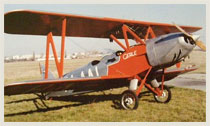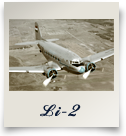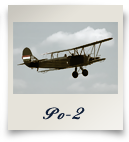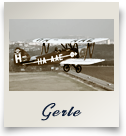
The first Gerle was designed and built by Antal Bánhidi in 1930. During the following years altogether ten copies were built and proved to be the most successful Hungarian light aircraft of her age. The most famous member of the series was the 'Gerle 13' - whose registration number was inherited by our reconstructed copy - which was the plane used by the designer Bánhidi for his 'circumnavigating' the Mediterranean Sea in 1933. Bánhidi had followed this up by setting up a long-distance record on the Debrecen (Hungary) - London route. Using another, modified, Gerle he performed important cartographic work in South America, where, due to the modifications already mentioned - equipping the aeroplane with an auxiliary fuel-tank - he was able to remain in the air for up to fifteen hours at a time, flying over the unknown and unexplored rainforest.
The success of the type was due to the fact that Bánhidi, who was himself a gifted pilot, created an aeroplane, which was, due to her excellent flying characteristics, equally suitable to be used for training, aerobatics and touring. The reconstructed copy, although using a different engine, has amply verified her original's excellent reputation.
In his later life Bánhidi became one of the country's leading transport pilots. During the war he flew on the Russian front, where he saved many wounded soldiers by flying them to safety on a JU-52 transport plane. After the war, with the rebirth of Hungarian civil aviation, Bánhidi was responsible for receiving and test-flying the Li-2 planes on behalf of the new Hungarian Airline.
.

| Technical data: | |
| Wing-span: | 8,55 m |
| Length of the plane: | 7,25 m |
| Weight of the empty plane: | 430 kg |
| Minimum speed: | 40 km/h |
| Maximum speed: | 175 km/h |













